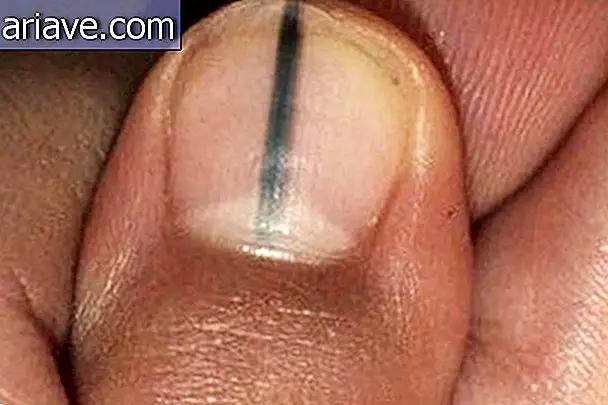Discovery Channel drops a Boeing 727 to see what happens
The Discovery Channel shot down a Boeing 727 in the middle of a Mexican desert to make a documentary aimed at understanding why some passengers survive air disasters while others are not so lucky.
The controlled accident took 4 years to plan and was attended by numerous experts to evaluate the data obtained through 38 special cameras installed throughout the cabin, as well as over $ 500, 000 in crash test dummies and numerous sensors. scattered inside the aircraft.
Controlled disaster
As you can see from the pictures above, released by ACB News, the plane hits the nose ground with the cockpit completely torn off during impact. According to expert assessments, neither cabin occupants nor passengers occupying seats up to row 7 would survive the fall, as the force of gravity between rows 6 to 8 would be 12g. Bad news for first class people!
Impact forces were decreasing toward the rear of the plane, with surviving passengers deeper down where, for obvious reasons, the black box is usually stored. Test doll analysis has shown that adopting the impact position - the one in which you position your head as close as possible to the surface you are likely to hit - can really save the lives of many passengers.
Little relevance

However, as Paul Marks of New Scientist has pointed out, despite the incredible spectacle, the Boeing 727 crash is hardly relevant to valid data if we consider that these planes were designed in the 1960s and built with unrepresentative materials. compared to most aircraft in use today.
Also, unlike most current models, which feature wing-mounted engines, the old Discovery-topped airplane has its engine positioned at the rear, a location that is proven unsafe for such equipment.
Real aircraft testing required

Another difference is from the fuselage itself, as today's aircraft are increasingly adopting designs loaded with lighter materials that result in less injury and damage - such as carbon and glass fibers - and others that slow down. spread of fires, for example.
However, according to Marks, the Discovery test served to point out the obvious: Controlled accidents are needed to study the behavior of materials that make up today's aircraft, as today's engineers are forced to rely solely on simulations and calculations. performed in the laboratory.
Sources: Discovery Channel, New Scientist and ACB News











